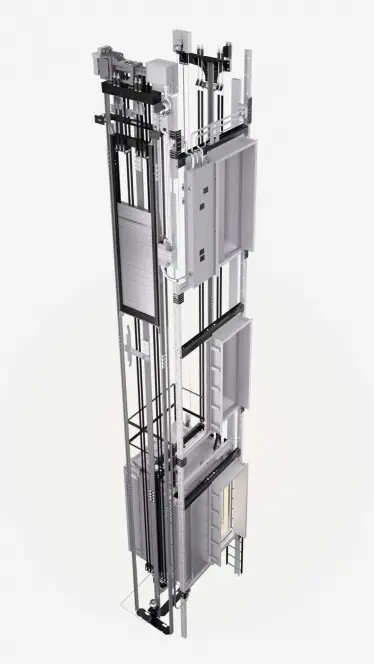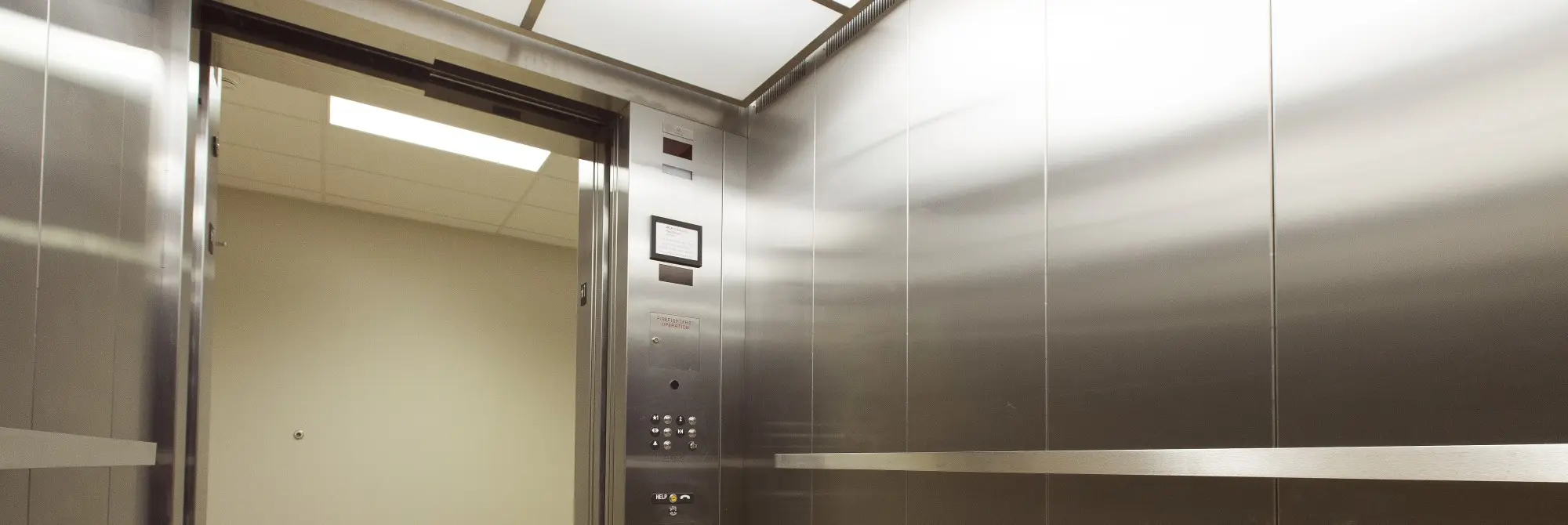Though the idea came about much earlier, the Traction Elevator was officially invented and put to practical use in the early 1900s. Through time and history, it has gone on to remain one of two methods by which an elevator can be put into motion. The brilliant and novel idea was made into a reality when the first traction elevator was installed in the Woolworth Building in Manhattan, New York and the Majestic Building in Chicago, Illinois. At this time, it was the picture of contemporary life and a sign of the expert craftsmanship in vertical transportation technology to come.
Traction elevators have become a routine part of daily life for commuters and passengers. This makes it almost astonishing to hear they were once marveled at by the general public. While it might appear disappointing that the traction elevator has become ordinary, this is a positive change as it indicates they are reliable and trustworthy. Passengers no longer need to think twice about stepping into the cab. The passenger knows they are safe and can have confidence that the traction elevator will carry them where they need to go.
Since we’ve learned a bit about the history and current standing of traction elevators, we can now move into what makes them unique and different from the other main method of vertical transportation.

The traction elevator is raised and lowered with steel ropes or belts that will run over a wheel and work with counterweights on a pulley system. There is also an electric motor placed above the elevator shaft for further efficiency. The counterweight does a lot of the work to help the motor, and this results in the motor being able to lift less. While similar, there are two types of traction elevators: gearless traction elevators and geared traction elevators. The famous name of traction elevator itself originated from the friction developed between the hoist ropes and the drive sheave.
This particular form of vertical transportation has been deemed the most common and can be used in buildings of all heights. It’s known to have the ability to travel at high speeds as well as provide passengers with an exceptionally smooth ride. They can be placed in buildings with only a few floors or skyscrapers that touch the clouds. Many find that the traction elevator is the ideal elevator for their building, especially in high rise applications, while others prefer the hydraulic method instead. Finding the right fit for an elevator often comes through knowledge of the systems being offered and comparing the fantastic options that are waiting to be installed.
 United States
United States


